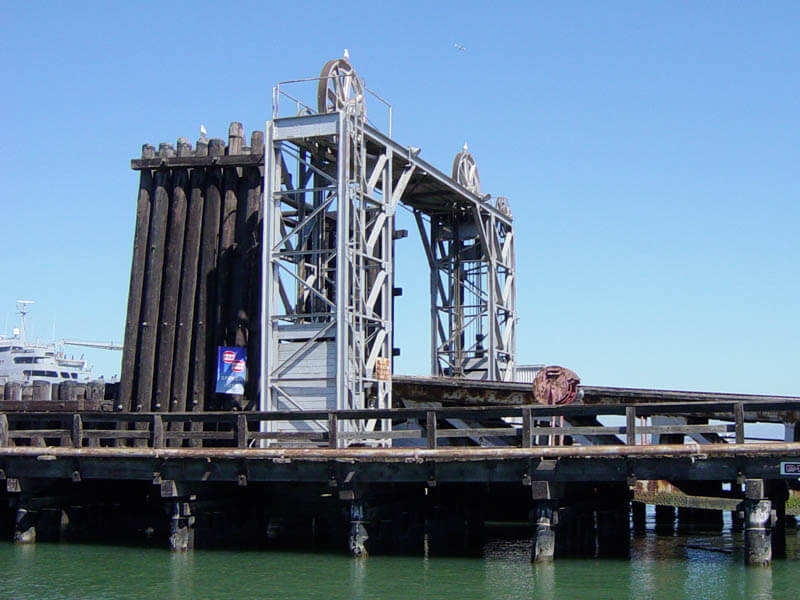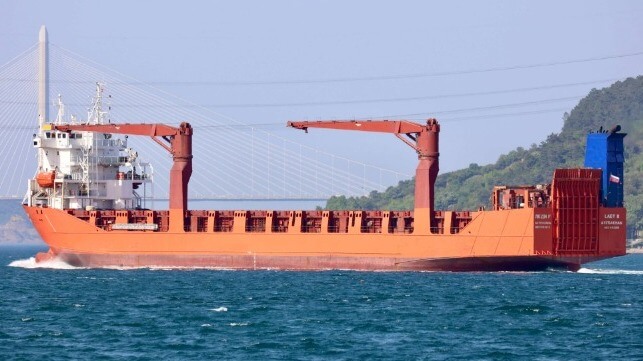Historic Great Lakes Ferry Cancels Remainder of 2023 Season

The SS Badger, a historic Great Lakes ferry and the last coal-fired commercial ferry in operation, was forced to end its 2023 season after a mechanical failure. It was to have a special year for the historic ship as it marked 70 years of service, providing an important transportation link between Wisconsin and Michigan and a popular local tourist attraction. Interlake Marine Services, which acquired the ship at the end of 2020, is promising repairs so that the ship can resume service in 2024.
Built in 1953, the Badger is an anomaly in shipping and a throwback to a previous era while still providing a vital commercial role. Built to transport railroad cars across Lake Michigan, the vessel was long ago converted to carry up to 600 passengers and 180 vehicles. Seasonally, she makes a four-hour run between Ludington, Michigan and Manitowoc, Wisconsin carrying cars, RVs, and commercial trucks.
On July 21, they experienced what has now been identified as a failure of the counterweight structure on the port side of the Badger’s ramp system. The Lake Michigan Carferry company, which runs the vessel, announced it was suspending service saying that “thankfully there were no injuries or damage to the ramp, vessel, or vehicles from this collapse.” They promised the ship would be back in service as quickly as possible, within the next few weeks.
The company’s general manager, Sara Spore reports an extensive amount of work was completed in the past 11 days, including underwater divers, marine construction contractors, and an engineering firm. They reported however that it has become clear that it will take months to clear the collapsed structure and erect a new one. A portion of the structure is currently resting against the ship.
The ramp in Ludington was regularly inspected, with the company telling the local media a visual check days before the accident did not show any issues. They are still examining the system to determine what caused the collapse.


Sections of the damaged ramping system - lower photo by Ray LeMieux/Facebook
“We have made the difficult, and unfortunately unavoidable, decision to suspend our daily crossings for the remainder of the season,” said Mark W. Barker, President of Interlake Maritime Services, the parent company of Lake Michigan Carferry. “This is not how we hoped our 70th season would end but we are fully committed to making the extensive repairs – and doing it the right way – so that we will be back better and stronger in 2024 to serve our loyal passengers and port communities.”
Since acquiring ownership of the historic ship, which is designated a National Historic Landmark, Interlake has been investing in maintenance and upgrades. In 2021, the vessel was inspected, sandblasted, repainted, and had some initial repairs. Since then, they have upgraded the crew areas, installed new Internet and movie systems, improved the food service areas, and renovated areas including hallways, floors, and lighting.
The Badger was scheduled to operate from May 18 to October 9, 2023, and during July to August 6 was scheduled to make an additional second run at night responding to strong summer season demand. Last year, the vessel only operated a single daily roundtrip. They also operate lake cruises and some of the passengers come without cars using the ferry for excursions across the lake.
Interlake says it is committed to maintaining the service. The operation requires more than 100 people, with 40 working aboard the vessel or supporting it during port calls. Interlake has explored possible alternative power sources but has no immediate plans to move away from the historic coal operations.










